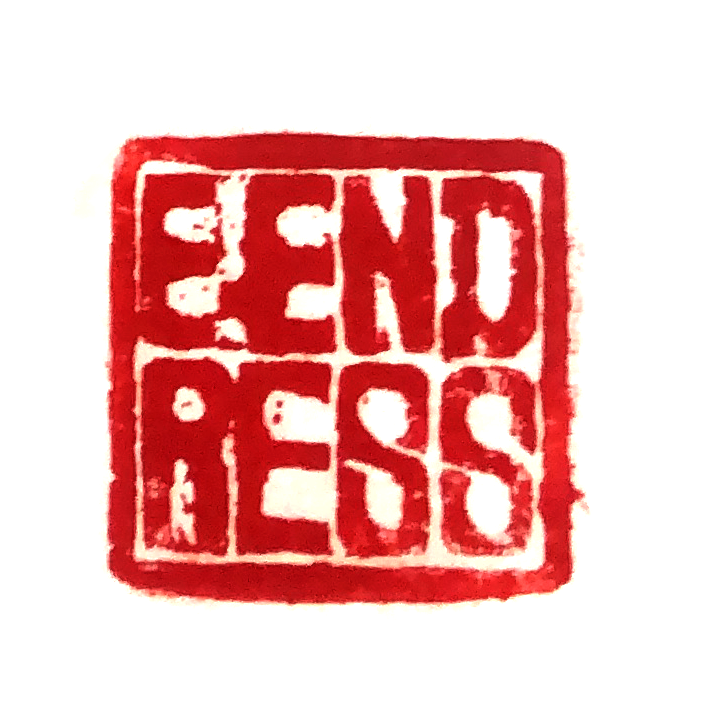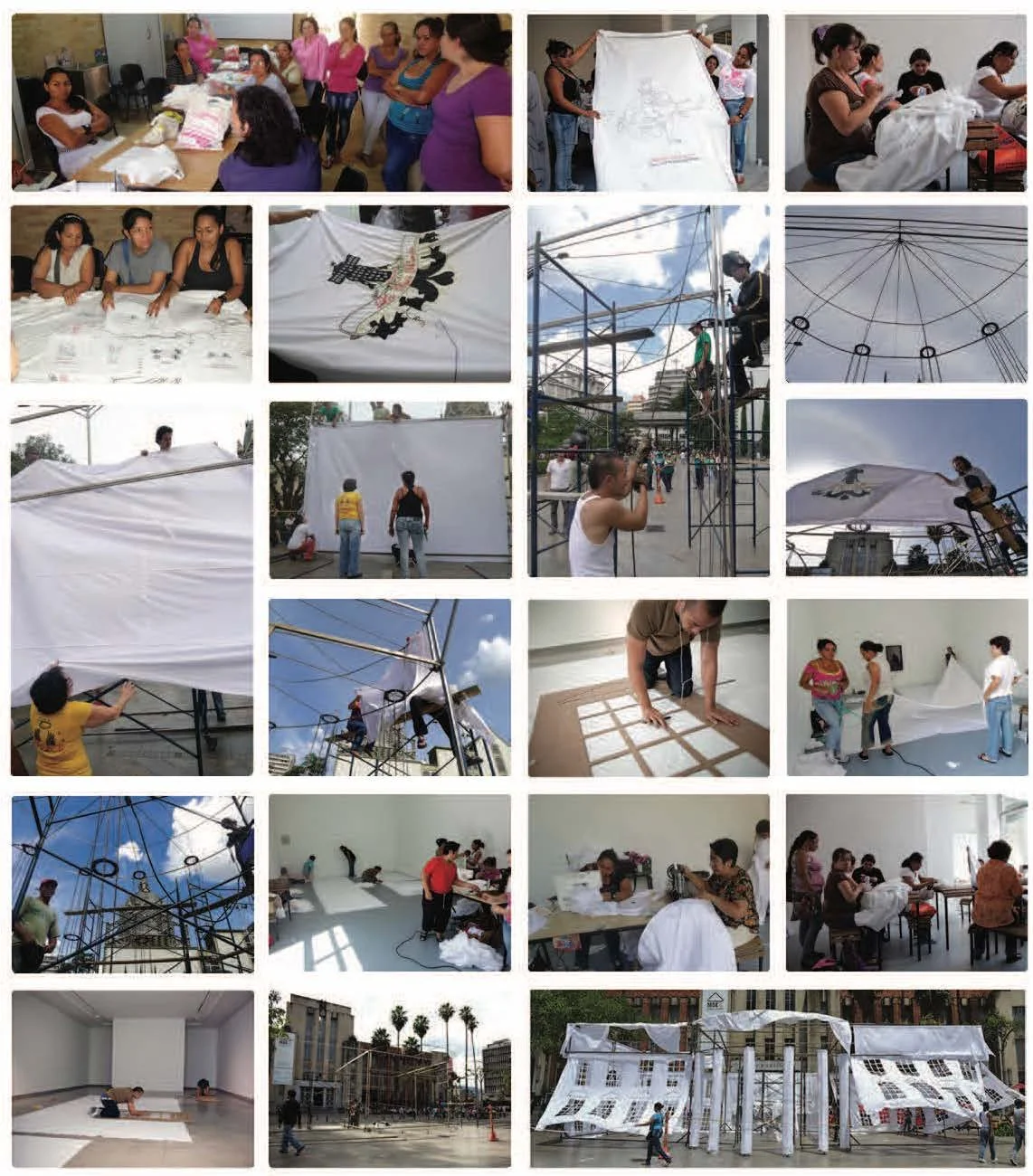On Collectivism
Collectivism is an essential part of my practice. My idea of collectivism is ingrained in the belief that cooperative practices are critical to the well-being and survival of a community. I grew up in rural communities in the South of Chile, where resources were scarce, labor was cooperative, and transfer of know-how and solidarity was the only mechanism for these isolated communities.
As an artist and educator, the collective as a platform expands the territory of pedagogy by creating spaces for collaborative teaching and learning, incorporating diverse knowledge and expertise. In that regard, it promotes the incorporation of the other in an expanded dimension and facilitates the process of intersubjectivity. Collectivism as a method of ideation offers new territories of complexities for the creative process, with possibilities of scalable projects. Over the years, I have developed multiple projects as a collective platform, responding to the construction of a circle of knowledge, experiences, and humanity.
Some of the projects developed as a Collective platform:
1) BonDiueuBon was a collective project responding to issues of immigration, in particular related to Haiti. The project incorporated extensive research in Haiti, workshops, and media production; the Creative Capital Grant supported this project. (Collaborator: Lori Lee, Casseus, Maxence Denis)
2) Aschoy (Asociacion Chojcha de la Hoyada): A project remixing various aesthetic urban expressions from La Paz, Bolivia. Aschoy was founded in 2007 in the city of La Paz-Bolivia. ASCHOY It is a collective group that researches and produces various forms of art from the standpoint of popular culture as the source for a horizontal dialogue on the process and the creation of art. The collective activates and participates in groups like shoe shiners, hairdressers, embroiderers, musical bands, music instrument makers, street photographers, artisans, couturiers, prisoners, and day laborers to collectively create art manifestations. ASCHOY assimilates the “CHOJCHO” aesthetic as a genuine and original “avant-garde “ manifestation that is the result of the social and cultural clashing between the original culture confronting the Western dominant culture, “CHOJCHO.” then becomes a syncretic expression that embraces a range of manifestations. This aesthetic is evident in the city of La PAZ- Bolivia. (Collaborator: Narda Zapata).
3) Transfer Project: is a multidisciplinary collective project that attempts to evoke critical thinking about migration processes in the islands and encourage people to explore the history and the present nature of migration in the Virgin Islands. A central focus of the project is the transfer of the islands from the Danish to the United States in 1917. (Collaborator: Janet Cook-Rutnik and Lori Lee ). TRANSFER PROJECT has been funded by the University of the Virgin Islands Cultural Award grant and partly by the VI Council on the Humanities, the VI Council on the Arts, and the National Endowment for the Arts.
4) Floating Lab Collective is a group of artists working collaboratively on social research through public and media art projects in Washington, DC, nationally and internationally. They experiment with the aesthetics of direct action in crafting responses to specific places, communities, issues, and circumstances. FLC artists move across visual art, performance, new media, and publications to engage and integrate such social topics as housing, the environment, migration, labor, and urban mobility. (Collaborators: Peter Lee, Sean Watkins, Daniel Dean, Marta Arroyave Ruiz, Blake Turner, Sue Wrbican, Paola Albao, Nelly Achkhen). FLC: was Supported by Provisions Libray, School of Art at George Mason University, and various grants.
5) IceBoxCollective is a group of multidisciplinary artists who creatively respond to societal questions. (Collaborators: Courtney Applequist, Peter Lee, Jeremy Kunkel, Reed Griffith, Gina Biver, Irene Clouthier)

